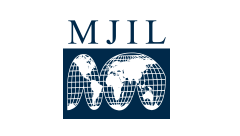Abstract
Western Sovietologists were startled when Secretary General Mikhail S. Gorbachev set his craftsmen to work in the Summer of 1988 to prepare a revised structure for the Union of Soviet Socialist Republics ("U.S.S.R."). While some hint of what was to come had been given by publications prior to the 19th Communist Party Conference, and while some of these appeared in the theses to be debated at the Conference, Westerners expected little more than a call from the tribune for change in attitudes. Basic State structures established by Leonid Brezhnev in his 1977 Constitution had not previously been questioned. Critics levelled their complaints at what they saw as distortion of the governing process by corrupt Communist Party politicians and at bureaucrats in both the Party and State apparatuses. They charged that these bureaucrats had lacked the initiative in utilizing Constitutional forms effectively during what Gorbachev called the Brezhnev era of "stagnation." Gorbachev's solution to difficulties seemed to be limited to development of new leadership that would be honest and imaginative within the Brezhnev framework. He seemed to plan no major restructuring of the legislative, executive or judicial organs of the State, nor a change in the relationship of the State to the Communist Party.
Recommended Citation
John N. Hazard,
Models for a Gorbachev Constitution of the U.S.S.R.,
10
Mich. J. Int'l L.
176
(1989).
Available at:
https://repository.law.umich.edu/mjil/vol10/iss1/18

